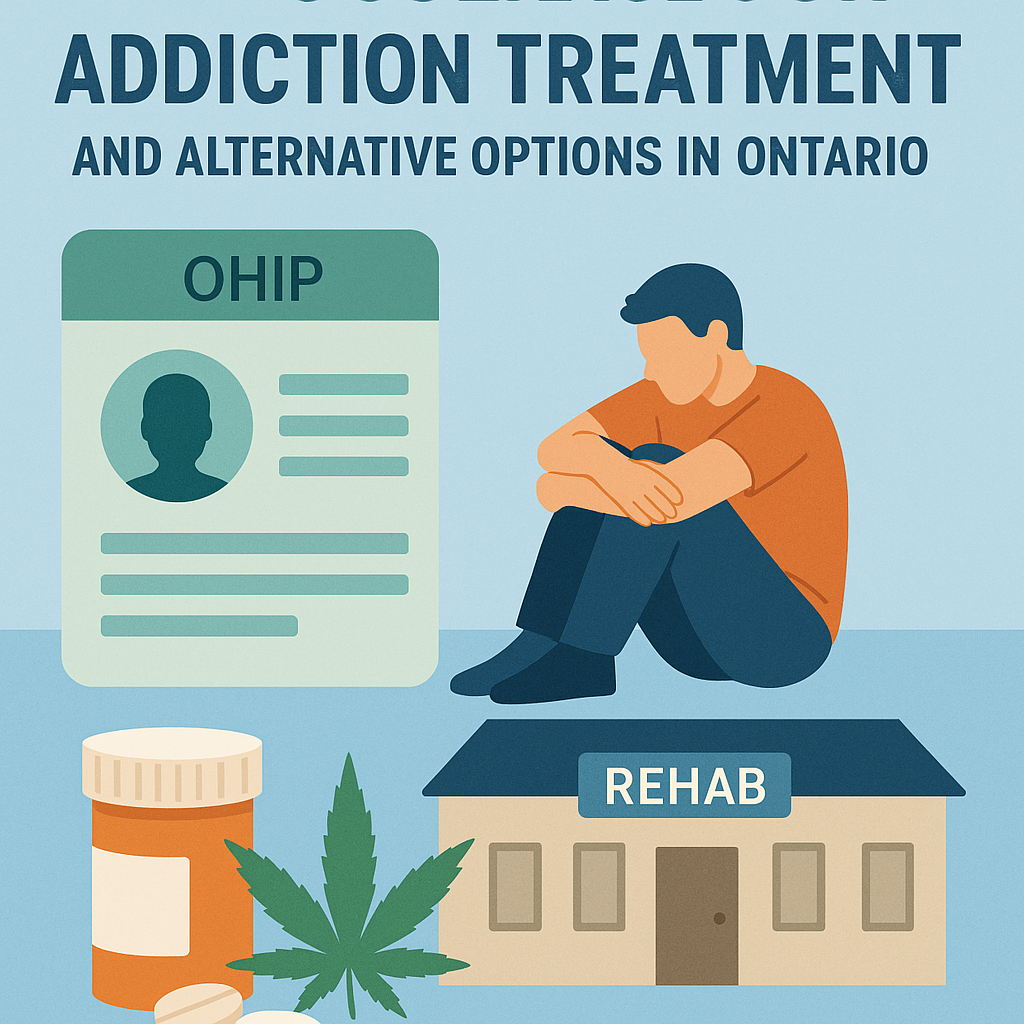
Addiction often begins as an invisible struggle, lurking in the cognitive and emotional realms before manifesting in the physical world. However, as it progresses, the signs become increasingly evident, almost as if the body is sending out distress signals. Understanding these physical cues can be a crucial part of identifying addiction at an early stage. This blog delves into these often-overlooked indicators.
The Eyes Tell a Story: Pupillary Changes
Substance use often leads to noticeable changes in the eyes. Whether it’s the constricted pupils often associated with opioid use or the red, bloodshot eyes commonly seen in marijuana and alcohol consumption, alterations in eye appearance can be a significant clue to underlying addiction issues.
Unexplained Weight Fluctuations
Significant weight loss or gain over a short period can also signal substance abuse. Stimulants like cocaine and methamphetamine often suppress appetite, leading to rapid weight loss. On the other hand, substances like alcohol, which is calorically dense, can contribute to weight gain.
Deteriorating Physical Appearance
One of the most visible signs of addiction is a general decline in physical appearance. Neglect of personal hygiene, unkempt hair, and a lack of attention to clothing and grooming standards can all be warning signs. While these changes may be subtle initially, they often become more pronounced as the addiction progresses.
Motor Skills and Coordination
Impaired motor skills and a lack of coordination can manifest in multiple ways. Unsteady hands, clumsiness, or difficulty performing tasks that require fine motor skills may be indicative of substance abuse. Often dismissed as fatigue or stress, these symptoms can be vital clues to identifying addiction.
Skin Changes and Lesions
The skin, the body’s largest organ, is often a telltale indicator of underlying health issues, including addiction. For instance, the use of intravenous drugs can lead to “track marks” or infections at injection sites. Similarly, excessive alcohol use can result in a flushed face and broken capillaries, especially around the nose and cheeks.
Sleep Patterns: Too Much or Too Little
Sleep disturbances, either excessive sleep or insomnia, are common physical signs associated with substance abuse. While stimulants may lead to prolonged periods of wakefulness, depressants like alcohol and certain opioids can result in excessive sleep or a disrupted sleep cycle.
Gastrointestinal Issues
Substances like alcohol and opioids can wreak havoc on the digestive system. Symptoms can range from constipation and diarrhea to more severe issues like liver disease and gastrointestinal bleeding. Though often attributed to other causes, these symptoms should not be overlooked when considering a potential addiction.
Conclusion
The human body is remarkably resilient but also vulnerable to the damaging effects of addiction. The physical signs, although not always immediate or blatantly obvious, become increasingly apparent as the addiction intensifies. Early recognition of these signs can be instrumental in timely intervention and treatment. While the indicators mentioned above are by no means exhaustive or universally applicable, they serve as critical focal points for understanding the often silent and progressing struggle of addiction.





